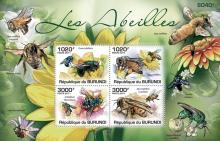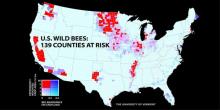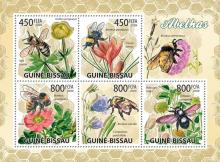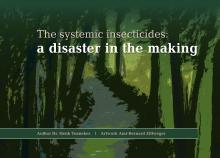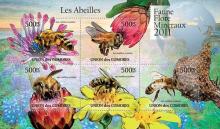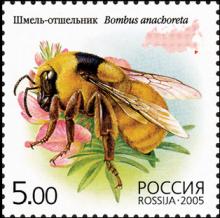Hundreds of Native US Bee Species Are Sliding Toward Extinction
In the first comprehensive review of the more than 4,000 native bee species in North America and Hawaii, the Center for Biological Diversity has found that more than half the species with sufficient data to assess are declining. Nearly 1 in 4 is imperiled and at increasing risk of extinction. The new analysis, "Pollinators in Peril: A systematic status review of North American and Hawaiian native bees", revealed that more than 700 species are in trouble from escalating pesticide use.

